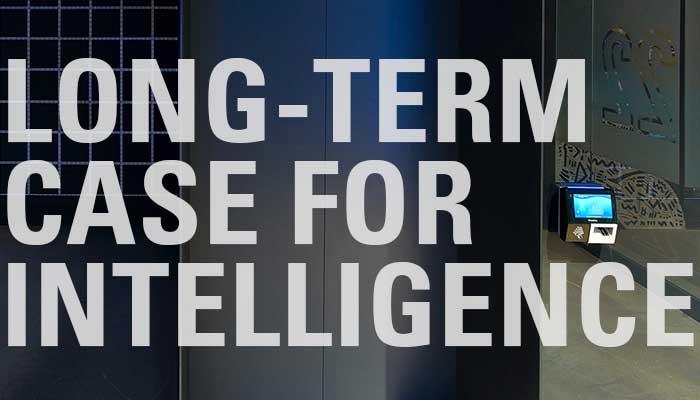An intelligent building can create many positive outcomes. Energy savings, and the associated cost savings in monthly operating expenses to the building owner, often come to mind first.
However, positive outcomes can go far beyond quick savings. We know satisfied tenants are more likely to renew their leases, and we believe comfortable patients must heal better in their hospital rooms. Building operators with better “tools” are more likely to maintain the equipment (to extend useful life) and keep systems running at peak performance (to attain the predicted energy savings and occupant comfort).
Unfortunately, we as an industry have traditionally had difficulty quantifying the intangible benefits in ways that compel spending, and we lack objective research to help back our beliefs. As a result, energy projects with predicted two-year paybacks are routinely funded, while innovative intelligent building initiatives with larger potential impacts are shelved as “too expensive.”
At the 18th annual Realcomm | IBcon conference, held on June 21-24 in San Jose, one of the speakers shared an idea on the first day which seemed to gather momentum and energy right before our eyes, as other speakers quoted it in later sessions. The 3/30/300 rule is familiar (with variations) to many real estate professionals. It proposes that a building might spend $3 per square foot on energy each year, $30 per square foot on rent each year, and $300 per square foot on the salaries of the occupants each year. The speaker used this rule to illustrate how a 10% energy reduction might yield $0.30 per year per square foot in savings, while a 1% boost to occupant productivity might yield $3 per year per square foot in benefit. This is a powerful way to indicate the possible value in the intangible benefits which can be unlocked by building intelligence.
In our intelligent building consulting practice, we emphasize the value in occupant happiness and productivity when preparing a business case for an intelligent feature. While more difficult to quantify, we apply evidence gathered over our 49-year history to show clients ways in which an incremental increase in initial spend can produce impacts that are orders-of-magnitude greater, year over year.
The results of each business case are as unique as the clients who commission them, but the theme is consistent – looking at simple energy payback alone is an insufficient decision-making tactic. Instead, decision-making must consider economic as well as environmental and experiential benefits, and must consider value realized by owner as well as occupant and operator.
The calculations we perform begin with hard numbers. As an example, questions we might ask a commercial office landlord are: “What is the total cost to your business of losing a tenant?” and “What is your target annual tenant retention rate?” With these facts, we can propose a payback based upon improved tenant satisfaction from enhancements to the occupant experiential aspects of their building.
We find that even conservative estimates can amount to meaningful dollar values when we look beyond energy savings, and this helps our clients to obtain the necessary funding to implement intelligent features. Once built, the annuity return on their investment creates competitive advantage, and the features often become a key component of their brand image.
The discussion around the 3/30/300 rule at the conference was exciting, because it shows a growing agreement among the best and brightest in our industry that we are missing valuable opportunities if we focus on energy savings alone. As that message gets amplified, we believe more intelligent building projects will become cost-justified, and as more get built, the body of evidence will grow, in a virtuous cycle that will help revolutionize how technology is applied to the built environment. It is our belief that, one day, all buildings will be intelligent – because anything less would be dumb.

